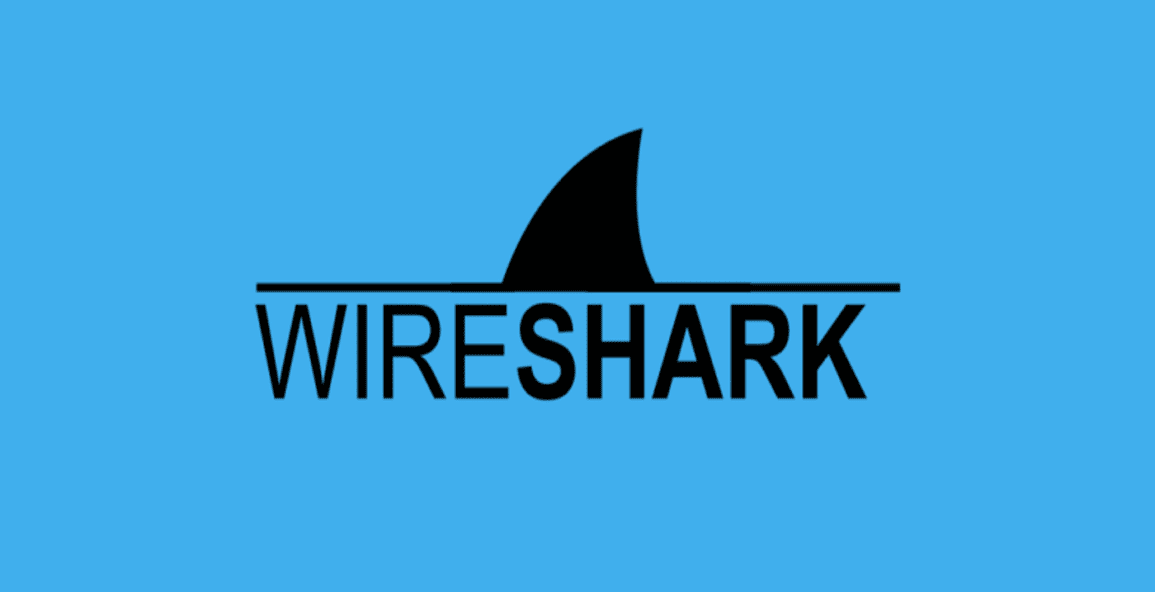
What is Wireshark?
Wireshark is a network protocol analyzer, or application, that captures packets from a network connection, such as one between your computer and your home office or the internet. The term “packet” refers to a distinct unit of data in an Ethernet network.
Wireshark is the most widely used packet sniffer in the world. Wireshark, like other packet sniffers, does three things:
- Packet Capture: Wireshark listens to a network connection in real time and captures whole streams of communication, sometimes tens of thousands of packets at once.
- Filtering: Wireshark monitors a network connection in real time and collects entire streams of information, including tens of thousands of packets at once.
- Visualization: Wireshark, like any excellent packet sniffer, allows you to go right into the centre of a network packet. It also lets you see whole chats and network feeds.
Figure 1: Viewing a packet capture in Wireshark
Packet sniffing is similar to spelunking, which involves exploring a cave. Wireshark users on a network are similar to people who use torches to see what interesting things they can discover. After all, whether you use Wireshark on a network connection (or a flashlight in a cave), you’re essentially searching through tunnels and tubes to see what you can find.
What Is Wireshark Used For?
Wireshark has numerous applications, including debugging networks with performance difficulties. Wireshark is frequently used by cybersecurity professionals to trace connections, inspect the contents of suspicious network transactions, and detect network traffic surges. It’s an important aspect of any IT professional’s toolset, and the IT pro should be able to use it effectively.
When Should Wireshark Be Used?
Wireshark is a secure tool used by government organizations, educational institutions, enterprises, small businesses, and nonprofits to diagnose network difficulties. Wireshark is also a useful learning tool.
Wireshark is a useful tool for people who are new to information security since it helps them learn network traffic analysis, how communication works when specific protocols are involved, and where problems arise.
Naturally, Wireshark is not a universal solution.
It cannot assist a user who is not well-versed in network protocols, to start with. No instrument, no matter how awesome, can truly take the place of knowledge. Put another way, you must understand how networks work in order to use Wireshark correctly. This means that you must be familiar with a variety of protocols, such as TCP, UDP, DHCP, and ICMP, as well as the three-way TCP handshake.Naturally, Wireshark is not a universal solution.
Second, under typical network conditions, Wireshark is unable to capture traffic from every other system on the network. Wireshark, or any other standard packet-capturing application, can only sniff communications between your local computer and the remote machine it is talking to on current networks that use devices called switches.
Third, because Wireshark is not an intrusion detection system (IDS), it lacks real alerts even if it may display corrupted packets and use color coding.
And lastly, spoofing IPv4 packets is a rather simple process. It is not really possible for Wireshark to determine if an IP address it discovers in a captured packet is legitimate or not. That calls for additional software and a little more expertise from an IT specialist.
Common Wireshark Use Cases
This is a typical illustration of how a Wireshark capture might help troubleshoot an issue. The problem with a slow internet connection on a home network is depicted in the figure below.
The router believed a common destination was unreachable, as the figure illustrates. By examining the IPv6 Internet Message Control Protocol (ICMP) traffic—which is highlighted in black—this was found. Any packet indicated in black in Wireshark is thought to indicate a problem of some kind.
In this instance, Wireshark was helpful in figuring out that the router wasn’t functioning correctly and had trouble simply accessing YouTube. One solution was to reset the cable modem to fix the issue. Naturally, even if Wireshark wasn’t needed for this specific issue, it’s still kind of wonderful to officially resolve the matter.
Figure 2’s bottom is where you can see that a particular packet has been highlighted. This displays the inside workings of a TCP packet during a transport layer security (TLS) exchange. This is an excellent illustration of how to delve deeper into the packet that was captured.
Figure 2: Drilling down into a packet to identify a network problem using Wireshark
Although you cannot read the encrypted contents of the packet using Wireshark, you may determine the version of TLS YouTube and the browser are using to encrypt material. Remarkably, during the listening, the encryption changed to TLS version 1.2.
A common tool for figuring out more complicated network problems is Wireshark. For instance, congestion may happen if a network receives an excessive number of retransmissions. As seen in Figure 3 below, you can use Wireshark to pinpoint specific
retransmission problems.
Figure 3: Viewing packet flow statistics using Wireshark to identify retransmissions
By confirming this type of issue, you can then reconfigure the router or switch to speed up traffic.
How to Use Wireshark
Visit www.wireshark.org to obtain a free download of Wireshark. Additionally, it is publicly accessible as an open source program licensed under version 2 of the GNU General Public License.
How to Install Wireshark on Windows
Download the version that corresponds to your specific version if you use Windows as your operating system. For instance, to install Windows 10 on a 64-bit computer, download the Windows installer and follow the installation tutorial. Administrator rights are required for installation.
How to Capture Packets Using Wireshark
After installing Wireshark, you are able to capture network traffic. But keep in mind that in order to capture any packets, Wireshark must be in promiscuous mode on your machine, which requires the necessary permissions.
- This typically indicates that you have administrator access on a Windows system.
- It typically indicates that you have root access on a Linux machine
Figure 4: The Capture Interfaces dialog in Wireshark
To actually begin the capture, you have a few alternatives as long as you have the necessary authorization. Choosing Capture >> Options from the main window is probably the best option. The Capture Interfaces window will then appear, as seen in Figure 4 below.
